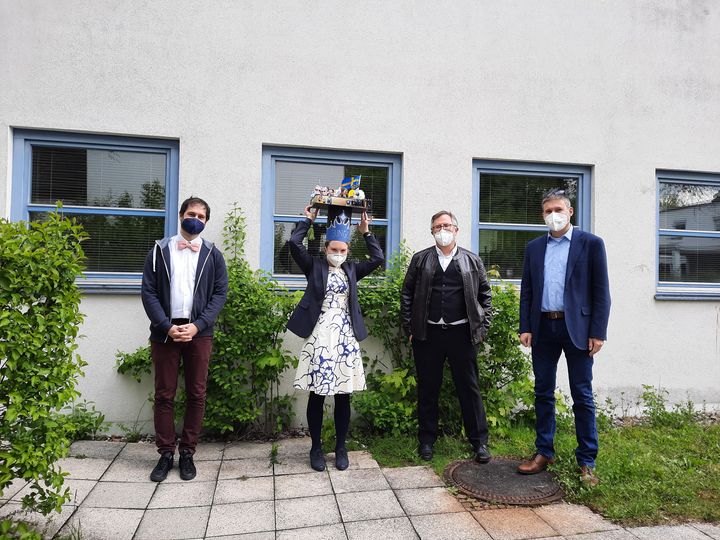"Rapid methods for the analysis of pathogens, antibiotic resistance genes, and microplastic-associated bacteria in water samples"
Abstract
Bacteria as pathogens from various aqueous sources can cause severe infections with antibiotic treatment being limited due to antibiotic resistance. Simultaneously bacteria have the potential to degrade antibiotics and help to decontaminate the environment. To analyse the interaction between pathogenic bacteria and antibiotic resistance in water differential diagnostic measurement tools are needed. Two key factors need to be addressed here: first, detection of the pathogenic bacteria and the antibiotic resistance simultaneously and second, detection in a culture-independent manner, thus reducing the time between sampling and results. To achieve the latter goal, an already established monolithic adsorption filtration was adapted, optimized, and calibrated for enrichment of the opportunistic biofilm-forming pathogen Pseudomonas aeruginosa from tap water samples. In combination with centrifugal ultrafiltration, an enrichment factor of 103 with a recovery of 67.1 ± 1.2% could be achieved (detection via quantitative polymerase chain reaction, qPCR). Optimizing the method for continuous surveillance is planned in a future project. Monitoring of pathogenic bacteria and antibiotic resistant genes in environmental samples poses an additional challenge as the temperature cycling dependent qPCR is not suitable for in-field application. In contrast, the use of isothermal DNA amplification techniques allows the amplification of DNA at stable temperatures. The heterogeneous asymmetric recombinase polymerase amplification (haRPA) allows the combination of isothermal DNA amplification with an automatic chemiluminescence-based read-out at 39 °C. For the detection of the opportunistic pathogens P. aeruginosa and Klebsiella pneumonia, the haRPA was developed from the homogeneous RPA. For extended spectrum betalactamases, a group of antibiotic resistance genes, a new haRPA-assay was developed for the gene cluster blaCTX-M cluster 1 and its sensitivity and selectivity were compared to qPCR and PCR assays, respectively. While the selectivity was comparably high, the detection limit of the qPCR could not be reached with haRPA. The combination of several singleplex assays into one multiplex assay to analyze the resistance gene cluster and the pathogens simultaneously resulted in the qualitative identification of the individual parameters. Future projects should aim at quantification of these multiplex measurements. Some bacteria are able to degrade and/or colonize microplastic particles and can help to reduce the contamination of the environment. To quantify this effect, microplastic analysis must be sensitive enough to detect these fine alterations. Initial experiments aimed at the investigation of the influence of bacterial degradation or colonization of bioplastic-based microplastic particles employing Raman microspectroscopy. Promising first results were achieved, however, necessitating further research in optimizing and refining experimental procedures.
